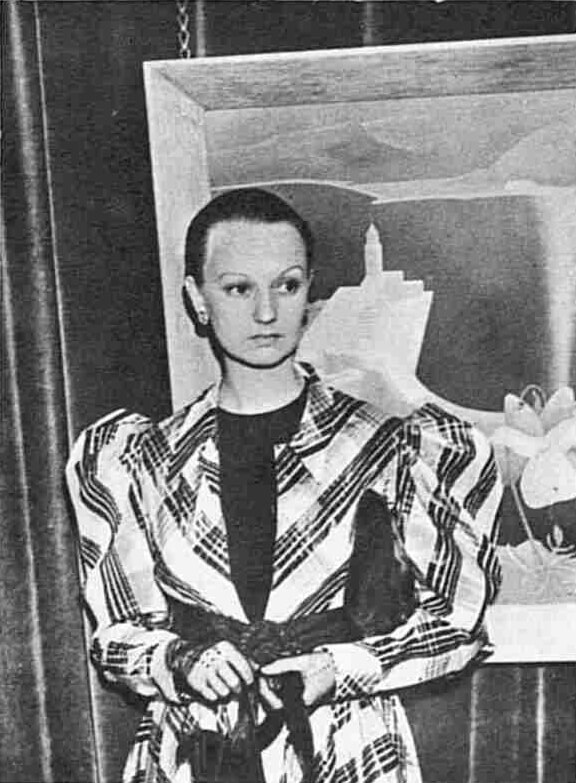Your currently viewing RAW Modern | Switch to RAW Contemporary
Crane Flowers, 1935
Catalogue essay by Blanche Llewellyn
Identifying as “a poet in words, collages, paintings, and constructions,” Ithell Colqhoun’s lifelong fascination with surrealism, alchemy, and the occult imbued her art with a transformative essence. The origins of her influences are diverse, stemming from André Breton’s call to surrealists to transform the world, the alchemists’ attempts to transform matter and from the magicians’ endeavour to transform themselves. During her stay in Paris in 1931, Colqhoun studied paintings by Salvador Dali and other surrealist painters. While the strong influence of this group in her imagery was mainly seen after 1936 when the international surrealist exhibition opened in London, nonetheless, her technical engagement with surrealism was evident in early pieces such as “Crane Flowers.”
Colquhoun’s first oil painting of flowers was conceived in 1935. In a burst of sustained creative activity, she produced a series of work on the theme, twenty-five items in all, for her first solo London show, “Exotic Plant Decorations”, held in 1936. Flowers and plants remained a recurring theme in Colqhoun’s work throughout her life, undoubtedly serving as symbols of the eternal cycle of death and rebirth inherent in our existence. In Colqhoun’s artworks, plants represented the magic of nature, fertility, and creativity, while also serving as symbols of sex and gender. The surrealists, in their quest to transform perceptions, challenge boundaries, and redefine reality, placed a strong emphasis on eroticism and sex. Colqhoun’s fascination with plants and nature, especially exotic varieties, that sometimes resembled sexual organs, reflects her quest and exploration of this theme in her own artistic journey.

